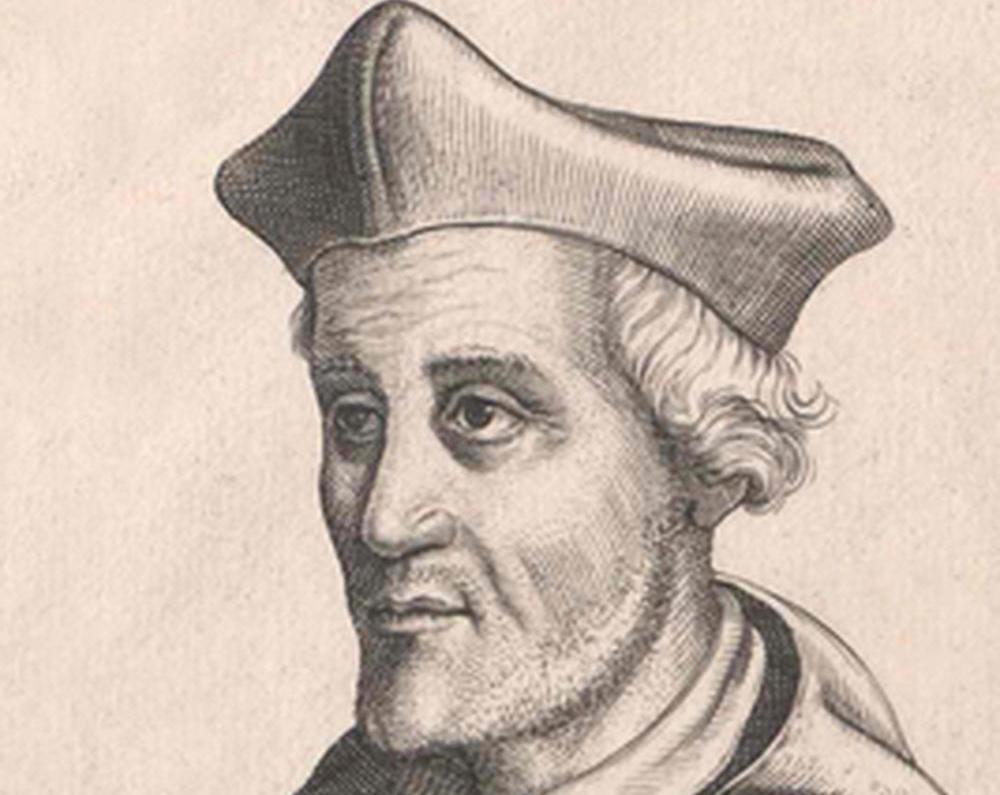Hieromonk Gregory Hrynkiw. Cajetan on Sacred Doctrine. Washington, DC: The Catholic University of America Press, 2020. 352 pp. $75
If your theological education was anything like mine, you learned that Tommaso de Vio, Cardinal Cajetan, was Martin Luther’s grand inquisitor. Where Luther proclaimed the gospel, at great personal cost, Cajetan executed his will with force. And that’s about it.
Login to read more
Sign in or create a free account to access Subscriber-only content.
Topics:
